After 18 years at C/O Berlin, and three years setting up the fledgling FOTO ARSENAL WIEN, Felix Hoffmann is spearheading its move into a large new home in a historic postwar building
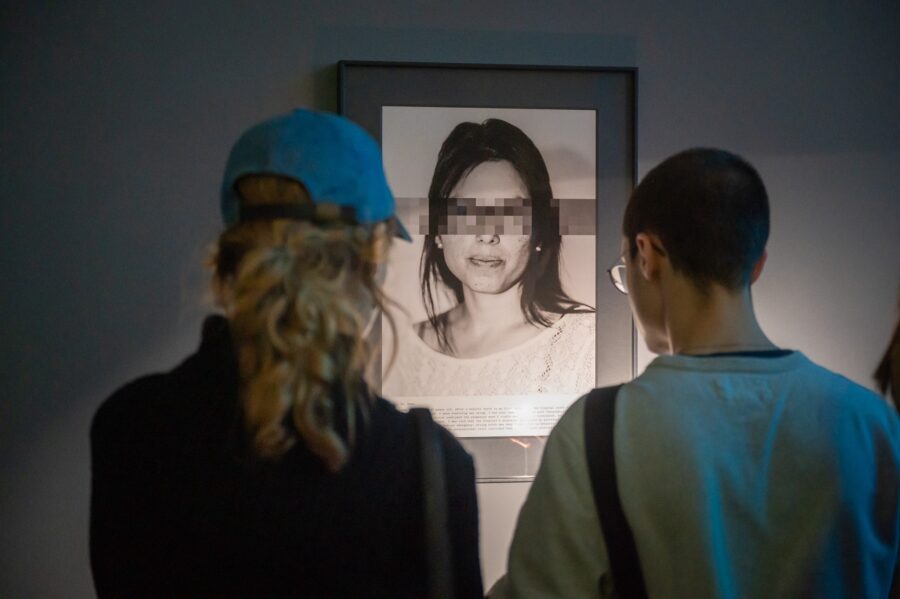

After 18 years at C/O Berlin, and three years setting up the fledgling FOTO ARSENAL WIEN, Felix Hoffmann is spearheading its move into a large new home in a historic postwar building
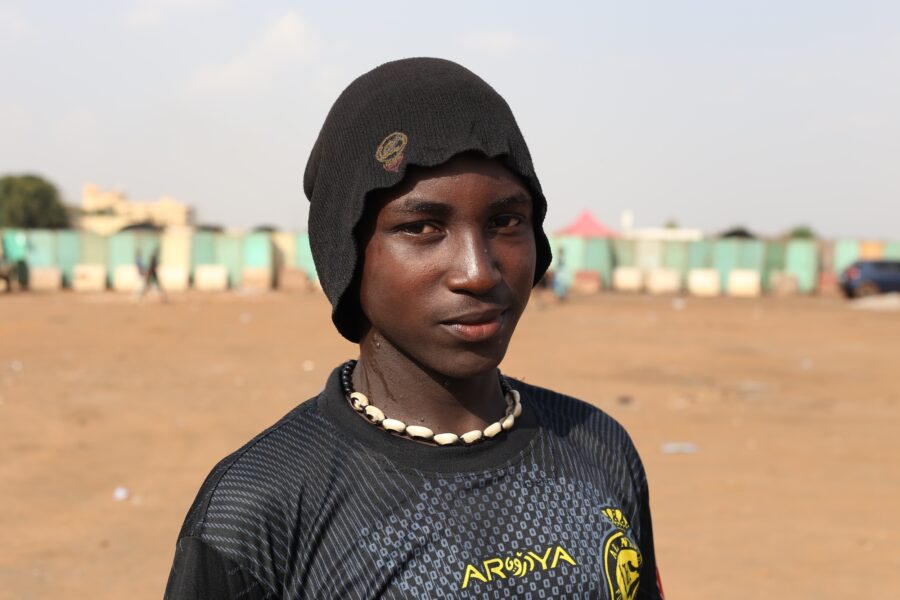
Informed by his own experiences with migration and photography, Mohamed Keita set up spaces for self-determination
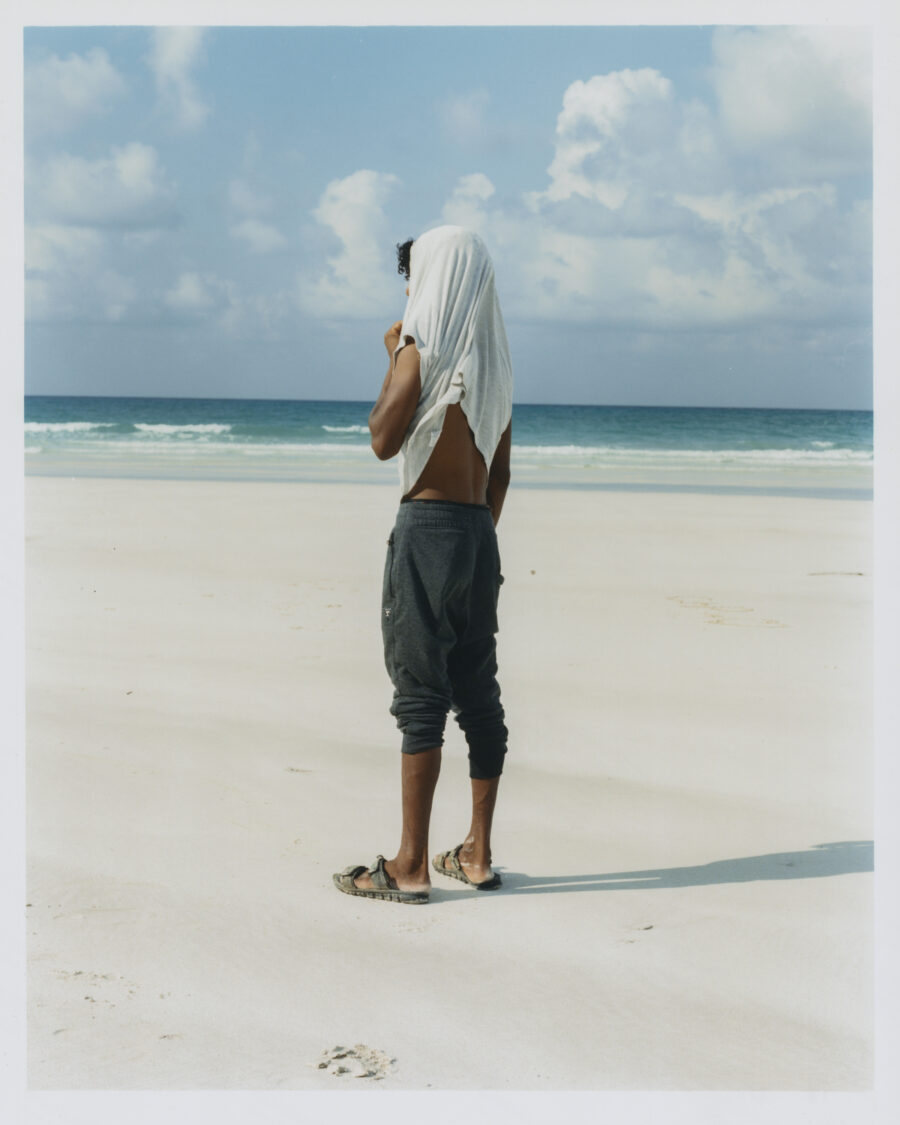
The festival contrasts regional Estonian artists with European creatives resonating with a web of social issues, Sarah Moroz reports
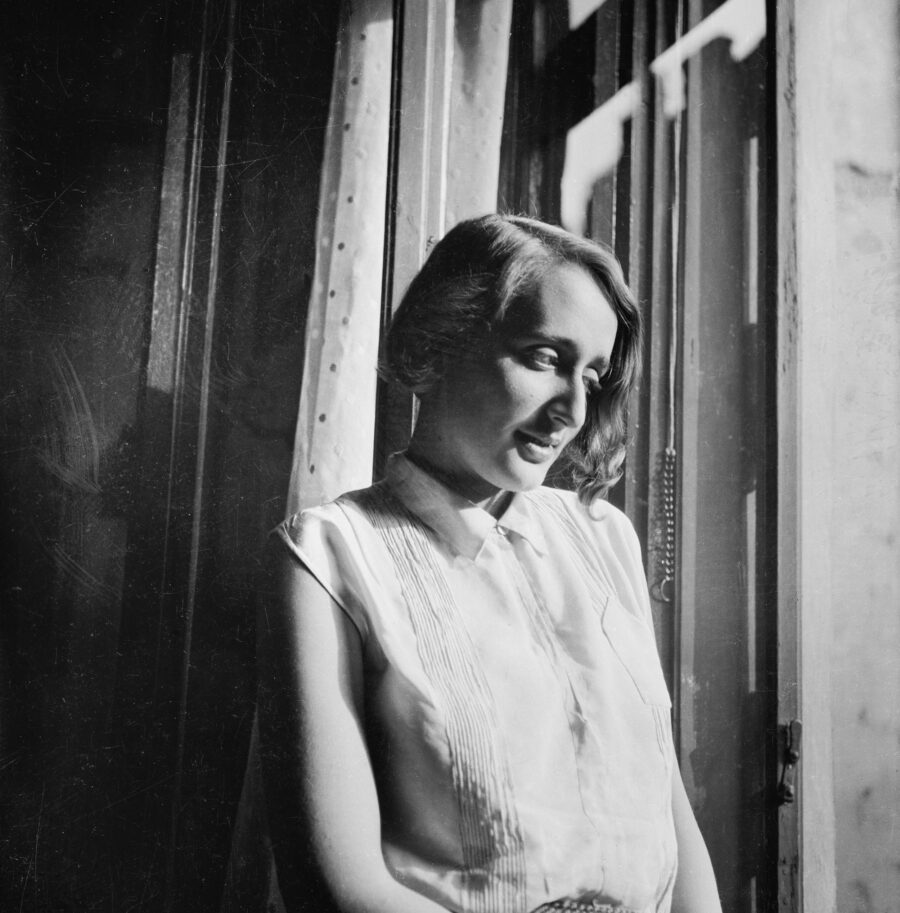
The photographer’s career has been overshadowed by her communist links and her more famous brother, but 25 years of her work is now being reappraised
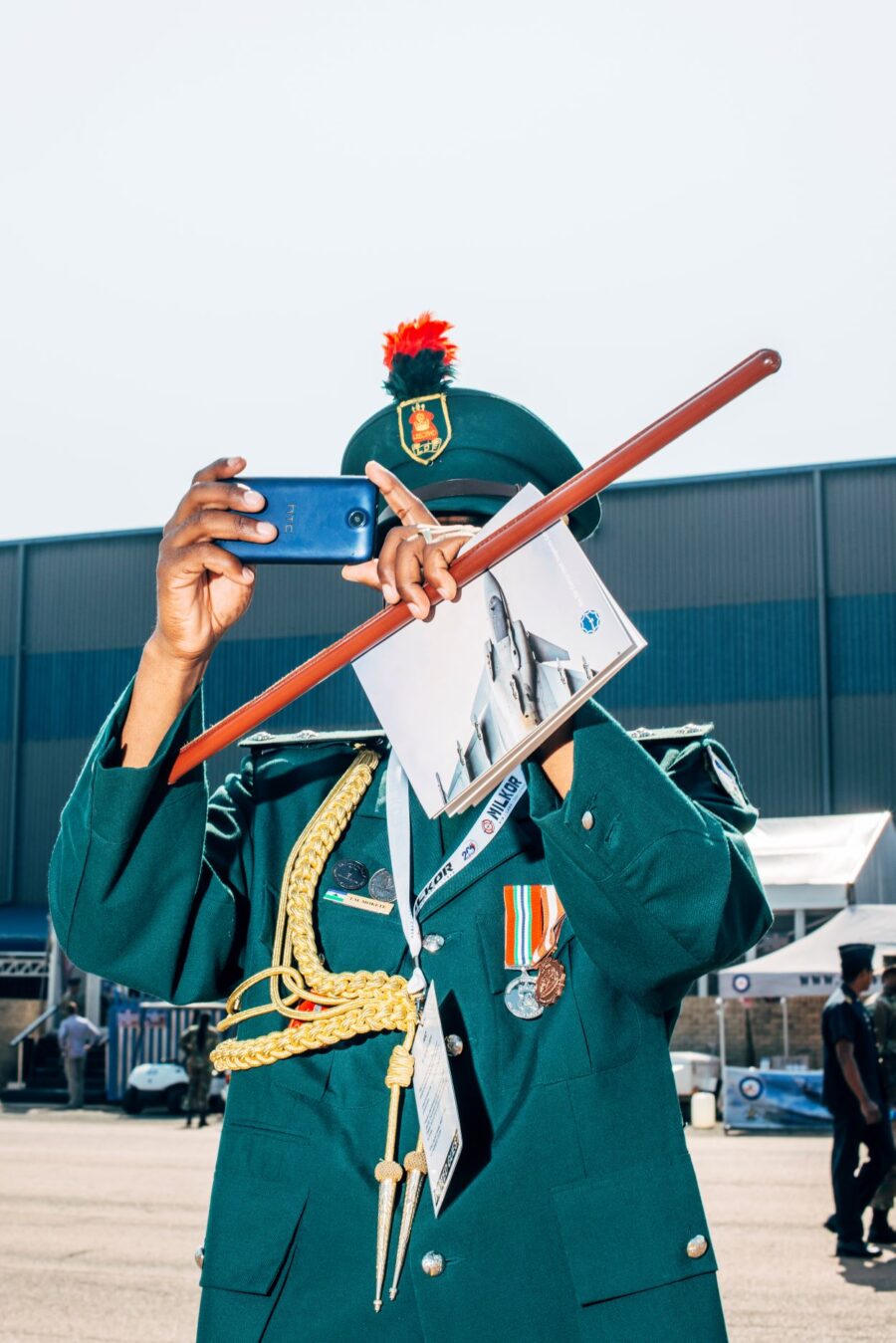
Shot in arms fairs around the world over the last eight years, Nikita Teryoshin’s Nothing Personal reveals the chilling business of conflict
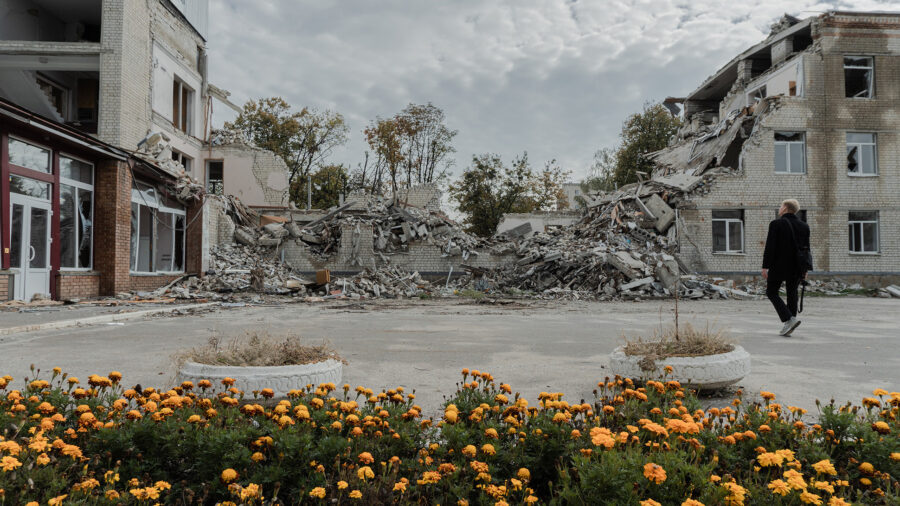
Last autumn, Odesa Photo Days Festival ran the Photographic Storytelling Mentoring Programme, empowering young artists to document how the war has affected their lives. The 40 projects tell stories of trauma, displacement, resilience and hope
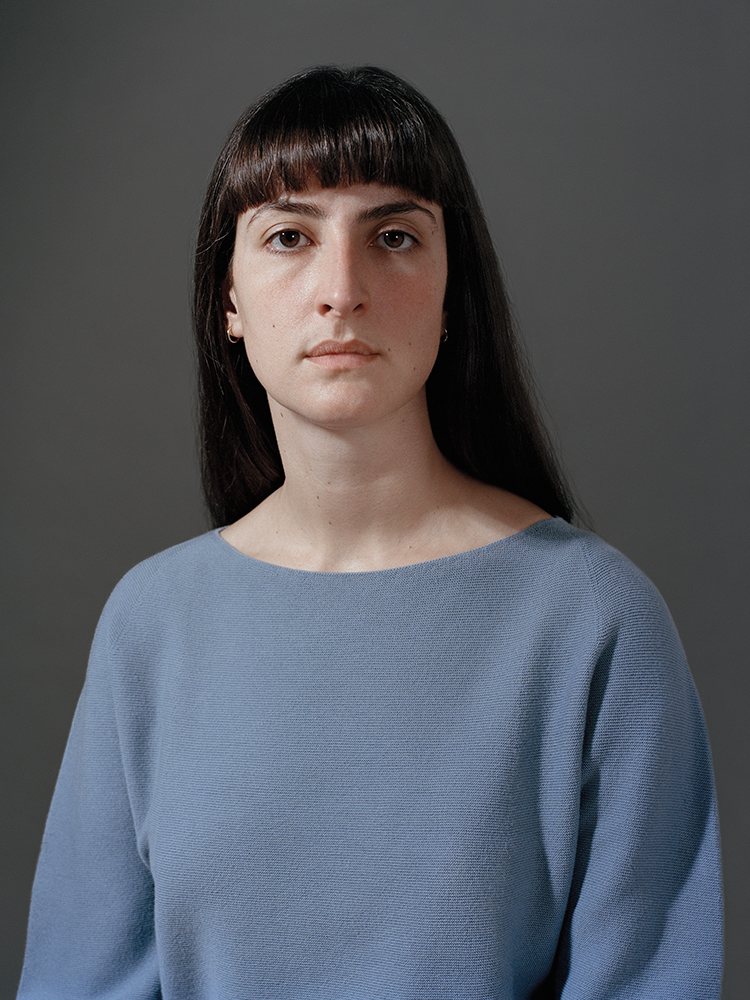
The series captures women from The Hague, Berlin and Belgrade in a new book, titled Odd Time
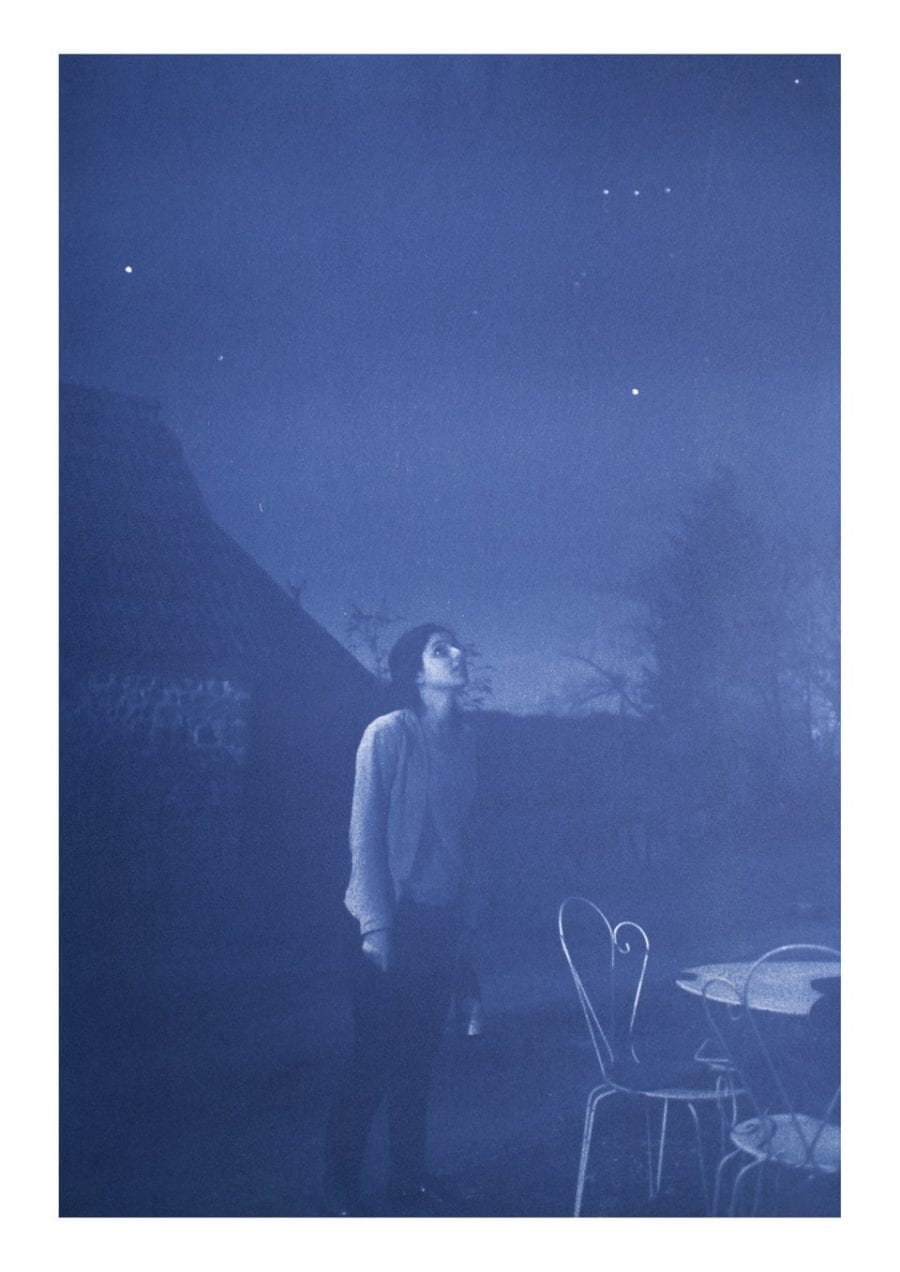
Winner of the BJP International Photography Award 2020, Lhuisset parallels the heroism of Kurdish guerilla fighters in Iraq with their plight once they come to seek refuge in Europe
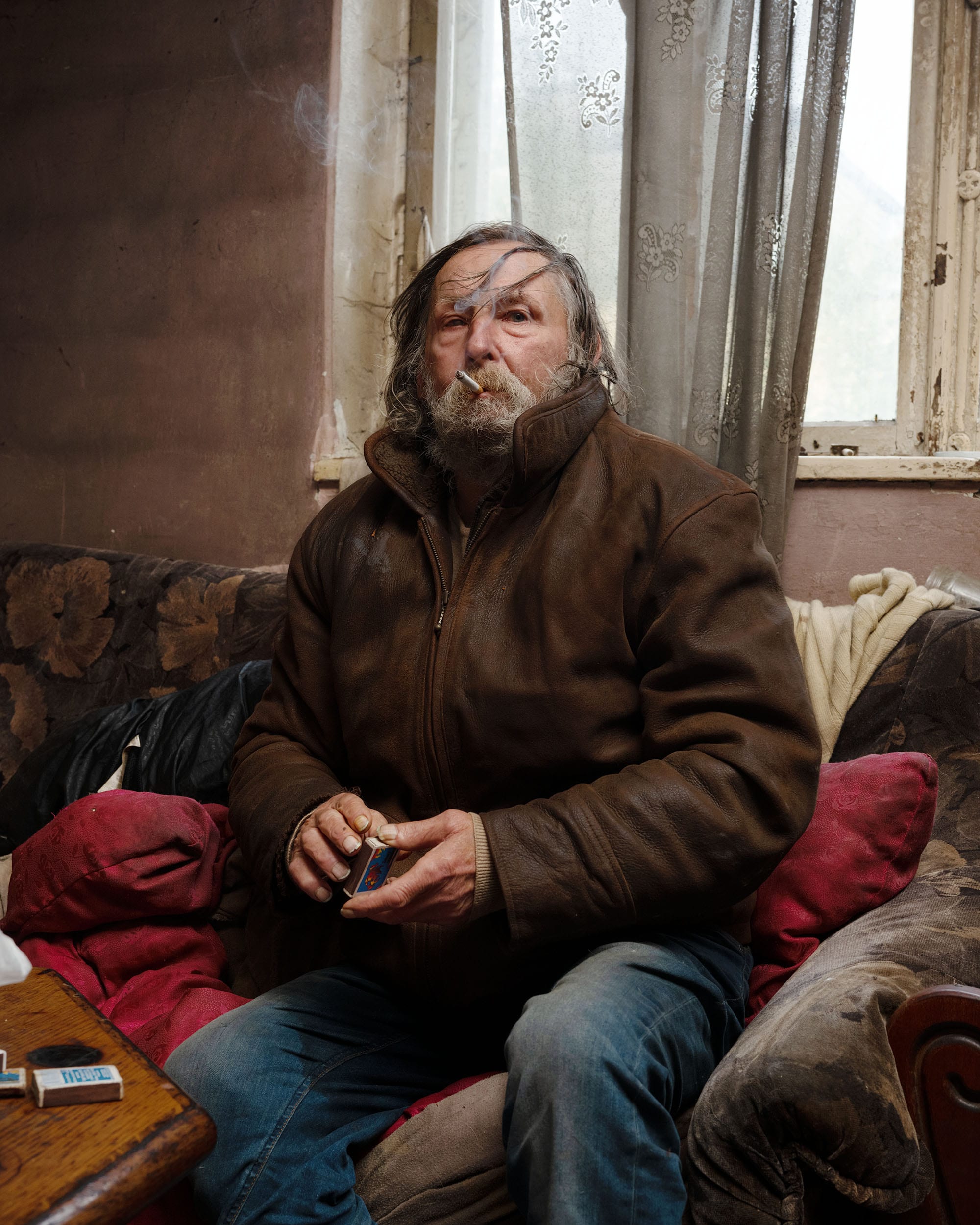
An ambitious ongoing project by photographer Rob Hornstra and writer/filmmaker Arnold van Bruggen puts the spotlight on peripheral European heartlands